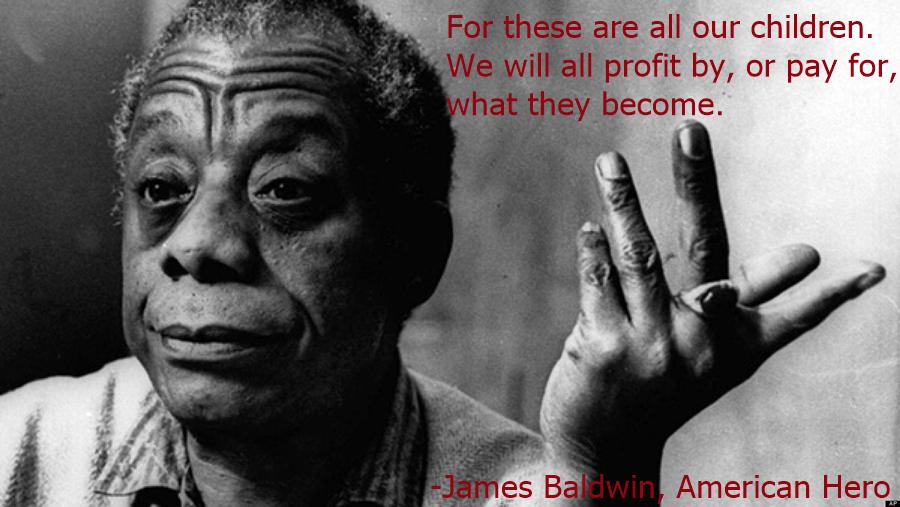Michigan's shortchanging its kids. Why?:
Michigan's shortchanging its kids. Why?
Eight months ago, the State of Michigan set out to learn what it would cost per year to provide each school-age child in this state an adequate education.
Now we know the answer: $8,667. At minimum.
In the next school year, Michigan's per-pupil allowance will range from $7,511 to $8,229 — although some districts will spend significantly more — numbers that fall short of the study's findings. That's troubling enough.
But the implications of this state-commissioned report provide the answer to another question, one its researchers weren't charged with answering: This state is in serious, serious trouble.
In commissioning the report, the state asked consulting firm Augenblick, Palaich and Associates to determine how much districts in which students scored above state averages for proficiency in tested subjects spend per pupil.
But here’s the thing — Michigan student performance, across the board, is not good. In just one subject tested are more than 50% of students, on average, ranked proficient.
That's what the state paid a consulting firm $399,000 to find out: How much it would cost to ensure that Michigan kids do better than current state averages, even when those state averages are dismal. The report's authors answered that question, but also developed a different methodology, looking at districts that perform significantly better than state averages. There are only 58.
This is the equivalent of ringing a small hand bell to alert an apartment block that there is a raging fire in progress.
The adequate education study is the third report in the last two months that should have Michigan lawmakers panicking — both Education Trust Midwest, an education policy advocacy group, and the annual Annie E. Casey KidsCount report found that Michigan ranks in the bottom third for education in this country; EdTrust's results indicate that Michigan will rank 48th in the country by 2030 unless we make drastic changes.
Education in Michigan is not working. This is indisputably clear.
Districts with fewer at-risk or non-English-speaking students had better outcomes than districts with high poverty rates and kids who can't speak the language in which much instruction is given. This news should shock no one. Nor should the report's finding that the state should spend up to 40% more to provide adequate education for at-risk or non-English-speaking students than the report's recommended baseline.
Further, the state's school funding system, modified in 1994 to provide equitable funding across districts, isn't cutting it: Some districts spend nearly $10,000 more per student, often with demonstrably better outcomes. While the report's authors found that a few districts spent less money to achieve better results, the research also showed that state school funding is becoming less equitable — districts with higher taxable property value tend to spend more on education, for example, a gulf that has the potential to widen. The taxable value of property in Michigan school districts ranges from $2.5 million to roughly $35,000 per student. It's a huge disparity.
Nor does the state's funding system account for varying student needs. Districts with high populations of students who are at-risk or who speak little to no English often have fewer dollars available to provide services that should be more comprehensive, if improved performance is the desired outcome.
This report isn't an outlier — a 2014 analysis found that nationally, 38 out of 39 studies recommended more dollars for public education, Higgins reported.
These findings should surprise no one, despite the dogged right-wing insistence that spending isn't linked to better educational outcomes. It's a convenient excuse that allows legislators who don't really care that much about kids who don't live in their districts, who perhaps don't look like them, to throw up their hands, insisting that spending more won't help, so why bother?
It's a wearying cynicism that exists solely to excuse inaction. And It's a dim-sighted view of success: The idea that Michigan can thrive, if only some of our children are offered opportunity.



















